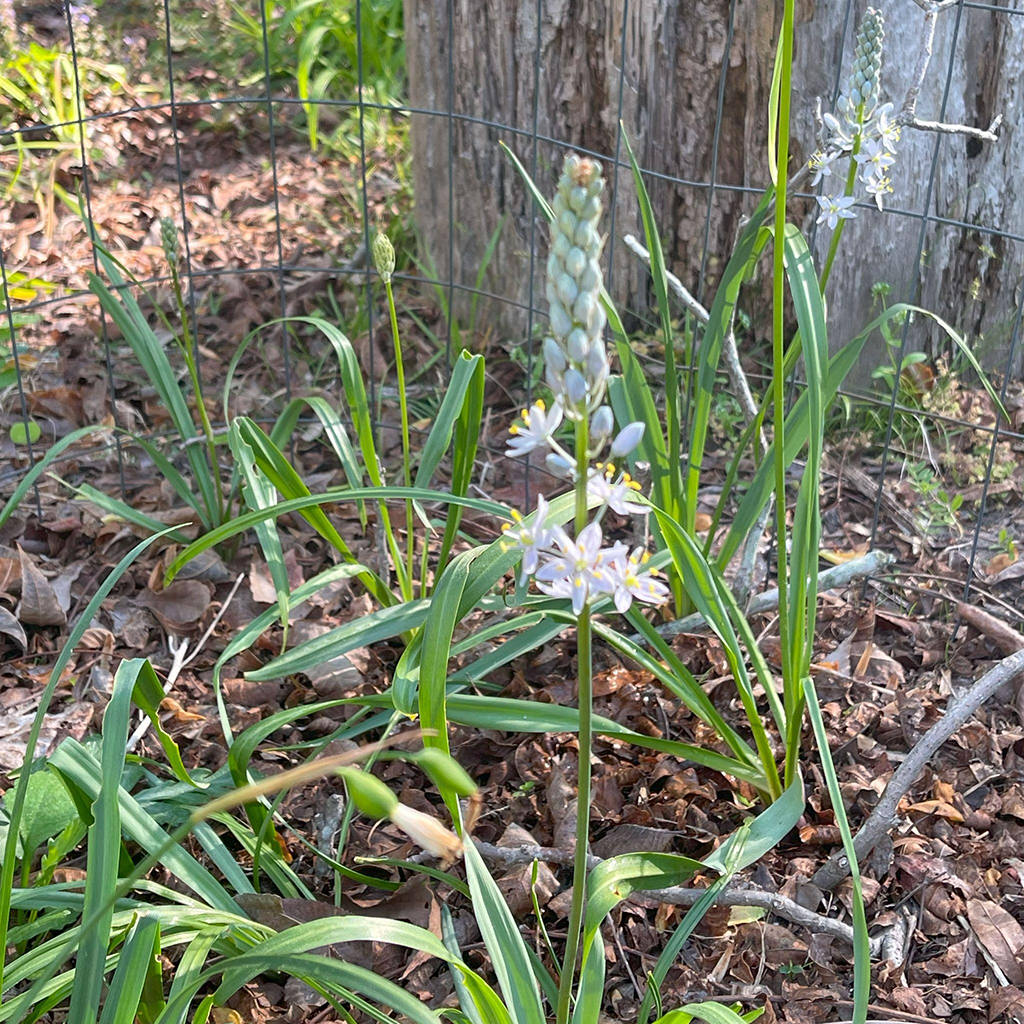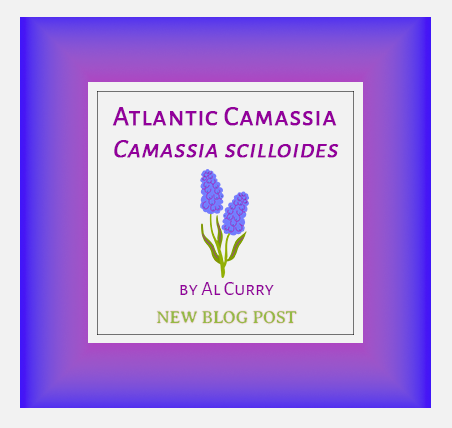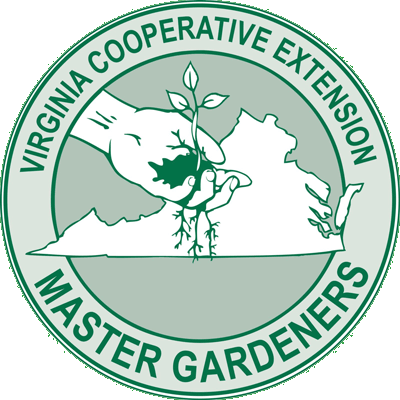I didn’t know Camassia from calamari a couple of years ago! Back then, I listened to one of my sisters rave about ‘wood hyacinth’ blooming in her yard. She suggested I look at the Van Engelen website for more information. I was introduced to the bulbs and hybrids in the Camassia genus from the Pacific Northwest. To learn more about any bulb, I often search the Pacific Bulb Society website. That’s where I first read about Camassia scilloides, a bulb native to eastern North America. Once I knew there was a native species this side of the Mississippi, I lost interest in the ‘horticultural’ bulb. I am happy to report that I found the native ‘Atlantic Camassia’ at Prairie Moon Nursery located near Winona, Minnesota. Having ordered, received and planted the bulbs, I was able to watch and enjoy the ‘Atlantic Camassia’ C. scilloides grow and bloom in my yard this spring. Pictured below is C. scilloides in my yard, planted in the fall of 2024.

The Mount Cuba Center in Delaware identifies this bulb as Eastern Camas, and describes it as “… a lovely yet under-appreciated herbaceous perennial bulb with lavender blue, star-shaped, fragrant flowers …” . My observations confirm this description!
Camassia scilloides, commonly known as wild hyacinth, eastern camas or Atlantic camas, is a spring-flowering bulbous perennial that typically grows to 1-2’. The Digital Atlas of Virginia Flora describes the habitat of C. scilloides as mesic to damp open forests, low fields and meadows along streams, and dry rocky upland forests; usually on calcareous (chalky) substrates. Bulbs are best planted in moist, humusy, well-drained soils and allowed to grow in full sun to part shade.

Narrow, linear, grass-like, sharp-pointed leaves (to 12” long by 1/2” wide) form a basal foliage clump (pictured above).A flowering stalk develops, topped by a terminal raceme (4-12” long) of fragrant, pale blue to white flowers which bloom sequentially from the bottom of the raceme to the top in April-May. Similar to daffodils, C.scilloides need regular moisture during the periods of spring growth and bloom, but will tolerate drier conditions after bloom. I hope you will leave foliage in place until after they have withered back, as they are providing the resources needed for the bulb and flowers of next year. Basal leaves eventually turn yellow and wither after flowering as the plant enters a mid-summer dormancy.
Because I did not have experience with Camassia bulbs, I handled them like daffodils – wet in fall, winter, spring, dry in summer. Early on I chose a spot with good sun; as the tree foliage above the site developed, it received only morning sun, and this seemed to work well. I used leaf mold (a mix of pecan, tulip poplar and black walnut bagged up by the lawn mower) as the mulch after planting last fall. I also put up wire fencing to exclude squirrels, rabbits and deer. When the moles return to my yard, I’ll copy the bulb cages set in the ground like those found at the Eyre Hall garden.
Now treat yourself! Add this east coast bulb to your garden and enjoy.
I am indebted to fellow Extension Master Gardeners Janet Rochester and Jen Alley for suggestions which improved this article.
The errors and omissions remain my responsibility.
Sources
Mt. Cuba Center, Mt. Cuba Center | Eastern Camass – Mt. Cuba Center
Accessed 07/25/2025
North Carolina Extension Gardener Plant Toolbox, Camassia scilloides (Atlantic Camas, Eastern Camas, Eastern Camas Lily, Wild Hyacinth) | North Carolina Extension Gardener Plant Toolbox
Accessed 07/25/2025
Illinois Wildflowers, Wild Hyacinth (Camassia scilloides)
Accessed 07/25/2025
Camassia, Camassias – Piedmont Master Gardeners
Enjoyable article with link to VNPS facebook post.
Accessed 07/25/2025
Digital Atlas of the Virginia Flora, Digital Atlas of the Virginia Flora | Camassia scilloides (Raf.) Cory
Accessed 07/25/2025
Pacific Bulb Society, Camassia | Pacific Bulb Society
info about the species within the genus Camassia
Accessed 07/25/2025
Prairie Moon Nursery, Camassia scilloides Wild Hyacinth | Prairie Moon Nursery
Source of bulbs I purchased. Concise description.Accessed 07/25/2025
Burrell, C. Colston (2001) Bulbs of Eastern North America. In Jane McGary(Ed.), Bulbs of North America (pp. 225-238), Timber Press.


